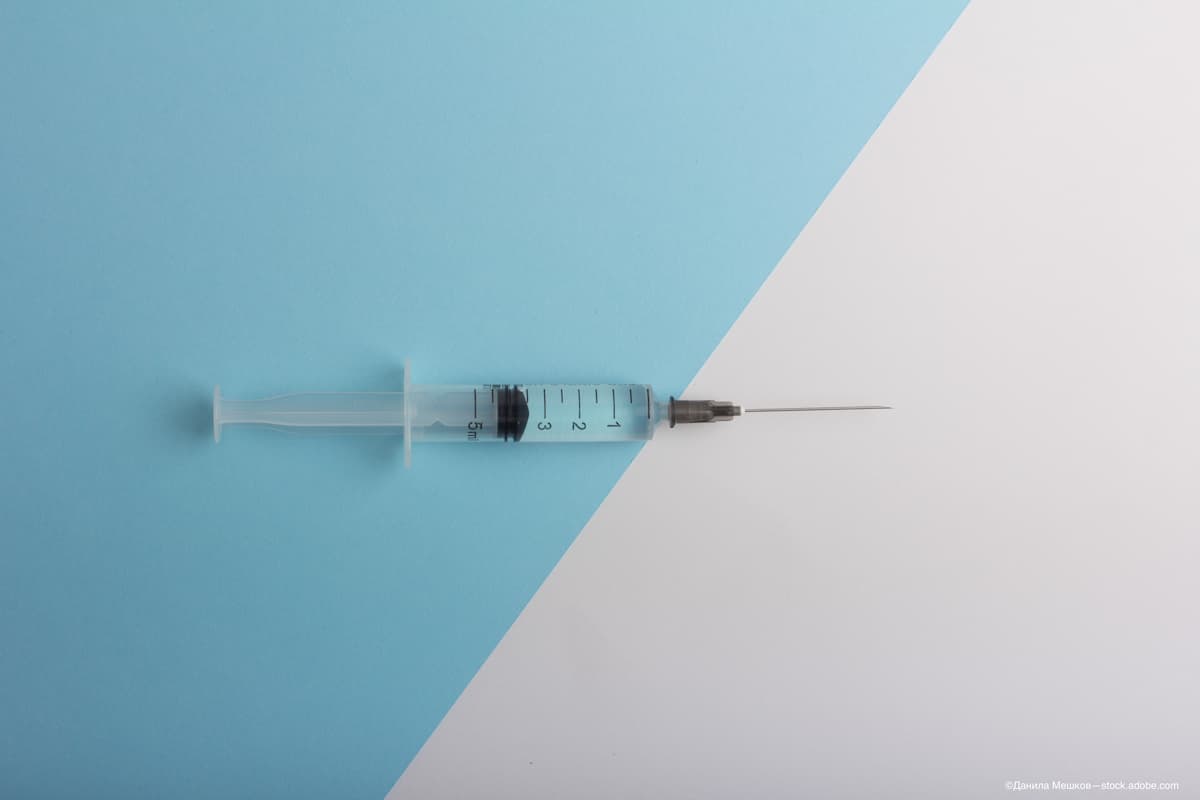TRUCKEE study: Real-world safety and efficacy of faricimab for neovascular AMD
Treatment with faricimab in patients with neovascular AMD achieved improvements in the visual acuity, central subfield thickness, and pigment epithelial detachments.
Reviewed by Carl J. Danzig, MD.

Carl Danzig, MD, and colleagues reported that treatment with faricimab (Vabysmo, Roche) in patients with neovascular age-related macular degeneration (AMD) achieved improvements in visual acuity (VA), central subfield thickness (CST), and pigment epithelial detachments (PEDs).
This is encouraging because the ongoing TRUCKEE study population is comprised of some patients, but mostly those who require frequent injections to address persistent disease activity associated with neovascular AMD.
The investigators analyzed the patient demographic data, the previous treatment history, efficacy, and safety of patients treatment with faricimab who had in most cases been treated with another drug for neovascular AMD.
The patients were about a mean of 80 years of age and had been treated previously with aflibercept (Eylea, Regeneron Pharmaceuticals) in more than half of cases, followed by ranibizumab (Lucentis, Genentech), and brolucizumab (Beovu, Novartis). About 6.6% were treatment naïve. In most cases aflibercept was the last previous treatment.
Analysis results
The results showed that patients, at their first follow up appointment, achieved a mean increase in the VA of about +0.5 letters and a mean decrease in the CST of about 32 microns. The height of the PED's decreased by about 14 microns, on average.
Importantly, faricimab exhibited showed a good safety profile. The investigators found that, thus far in the investigation, no safety signals were identified in the patients treated with faricimab.
The investigators showed that the subretinal and intraretinal fluid decreased in patients over the course of treatment with faricimab.
The conclusions reached based on these results were that the BCVA improved slightly in patients in whom the retinal fluid persisted despite previous treatment. In addition, no safety signals have been observed, up until this point. The TRUCKEE study is ongoing and data will continue to be collected.
“So many of us are extremely excited about the prospect of using Vabysmo in our practices.For our patients who need frequent injections, clearly, there is an unmet need for this patient population, and it is encouraging to see improved efficacy in the TRUCKEE data, and improved durability in the clinical trials, without compromising safety. Furthermore, we are hopeful that treatment-naïve patients will see comparable improvements in the real-world as were seen in the clinical trials, along with improved durability for all paitents,” Danzig commented.
Newsletter
Keep your retina practice on the forefront—subscribe for expert analysis and emerging trends in retinal disease management.